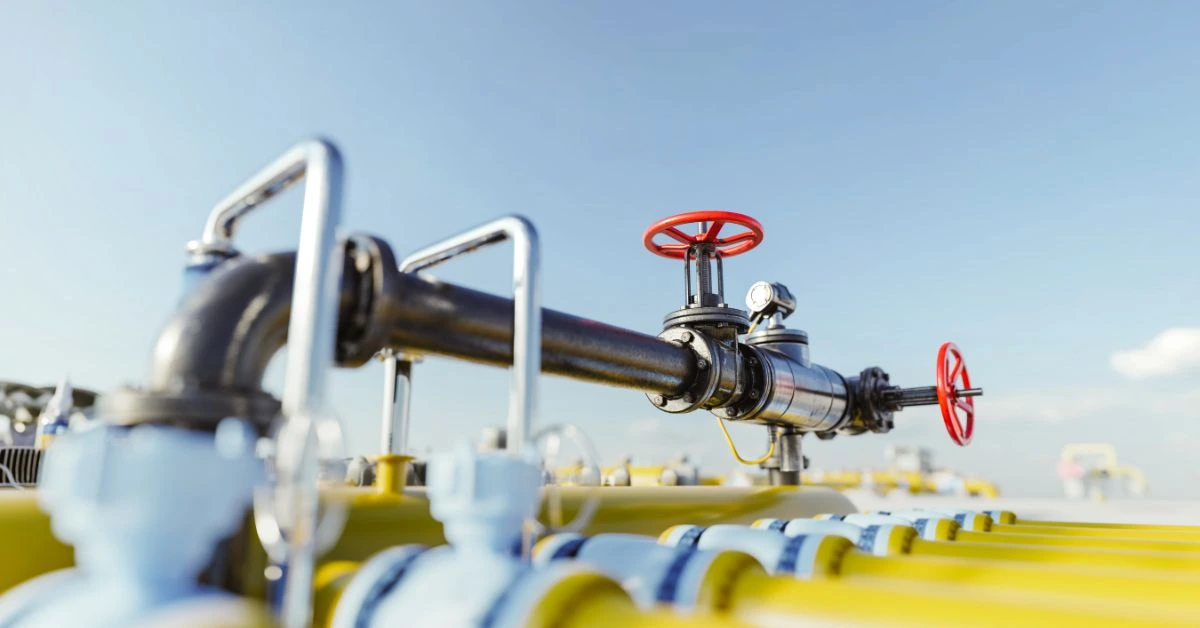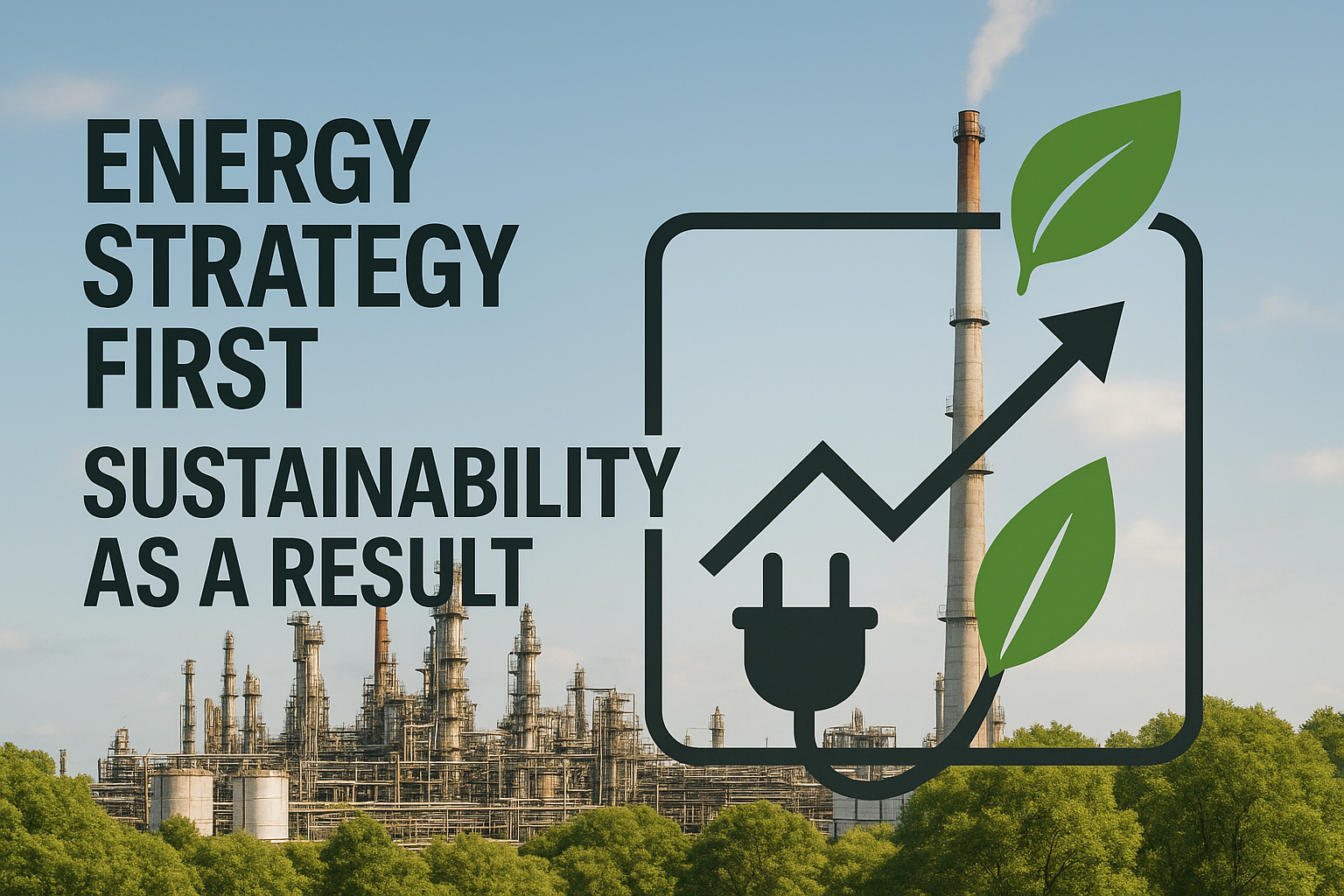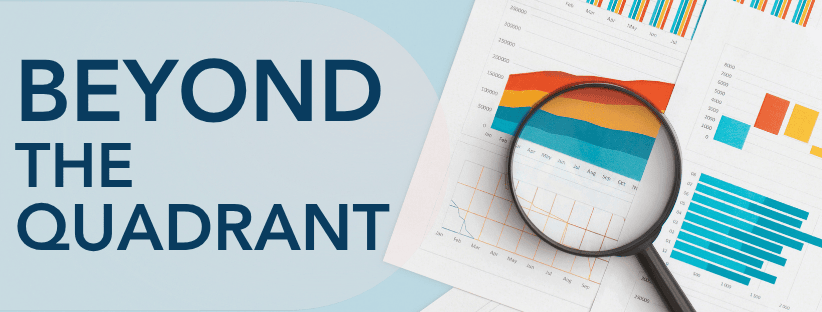Energy is the single largest expense in Natural Gas Liquids (NGL) recovery, consuming up to 50% of a facility’s operating budget as compressors, cryogenic chillers, and fractionators push hydrocarbons across steep temperature and pressure gradients.
These gradients shift constantly with feed composition and market demand, turning daily optimization into a moving target. Traditional control strategies rely on static models and manual tweaks, so opportunities to trim power or boost yield slip by unnoticed.
Closed Loop AI changes that dynamic by using live plant data and learning algorithms to monitor, predict, and adjust setpoints in real time, holding the process at its most efficient point without waiting for an operator’s next move. The results translate into millions of dollars in avoided energy spend, flaring penalties, and lost product; savings are explored in the five methods that follow.
1. Improve Energy Efficiency Through Smarter Control
Beyond being your largest operating expense, energy consumption in NGL recovery creates particular challenges during cooling, compression, and fractionation steps that run around the clock. Closed-loop AI keeps those utilities from drifting into waste by reading live sensor data, forecasting column behavior, and adjusting temperature, pressure, and flow in real time.
Advanced models can evaluate multiple scenarios rapidly, then push the most efficient setpoints back to the control system. This precision helps prevent over-cooling and unnecessary compressor duty while simultaneously factoring in carbon intensity targets drawn from emissions models.
Traditional simulators can suggest similar moves but rely on operators to implement them hours later. Closed Loop AI Optimization (AIO) technology bridges that gap, learning from your plant data and writing optimal setpoints in real time.
2. Reduce Product Losses and Flaring
When process upsets hit, manual adjustments often push chilled-gas and fractionation units beyond their optimal range, sending valuable hydrocarbons straight to the flare stack instead of recovery systems. This reactive approach creates a costly cycle of waste and inefficiency.
Closed-loop AI breaks this pattern entirely by continuously monitoring plant conditions and adjusting advanced process control (APC) setpoints proactively. Neural-network models process live data streams, predict column behavior seconds ahead, and then write optimized setpoints.
The AI models evaluates thousands of potential operating scenarios every second, steering temperature, pressure, and reflux ratios toward the sweet spot that maximizes recovery while staying within safety limits. This translates directly to the bottom line through fewer environmental penalties and stronger cash flow from recovered hydrocarbons that would otherwise be wasted.
3. Keep Fractionation Columns Stable for Better Separation
Stable fractionation drives effective C₂ and C₃ recovery, yet even slight swings in temperature, pressure, or reflux disrupt the delicate vapor–liquid balance inside each tray. Traditional controllers react after disturbances occur, missing opportunities to prevent the disruption entirely.
Closed-loop AI transforms this approach by watching high-frequency column data and predicting how today’s feed will behave before it ever reaches the tower. Models trained on your plant history forecast tray temperatures, pressure profiles, and product purity, then adjust setpoints in real time while weighing profit, energy, emissions, and market prices simultaneously, evaluating thousands of what-if scenarios in fractions of a second.
Reduced oscillation means less re-boiling, fewer recycle streams, and lower utility draw. In one deployment, an approach functioning like a digital twin uncovered column settings worth millions per year in incremental profit while safeguarding product specs.
Tight control like this can significantly improve recovery and protect margins even when feed composition shifts. With every update, the AI model learns, enabling your fractionator to stay locked on target instead of chasing it.
4. Lower Maintenance Costs by Preventing Equipment Stress
Frequent load swings, rapid feed shifts, and manual setpoint changes push compressors, pumps, and exchangers beyond their optimal operating ranges. The resulting mechanical fatigue shortens asset life, and when critical machines fail, every minute hurts. Recent studies show that unplanned downtime is costing industries an estimated $50 billion each year, with individual oil and gas facilities facing significant financial impact when critical systems go offline.
Closed-loop AI integrates predictive maintenance directly into the control loop, streaming vibration, temperature, and pressure signals through models that learn normal behavior and flag deviations early. This approach can reduce failure incidents once systems start screening millions of data points each day. Because alerts arrive hours—or even days—before a bearing or seal breaks, maintenance teams can align repairs with scheduled turnarounds instead of scrambling during emergencies.
The optimization engine simultaneously nudges process variables toward the least stressful operating point. Keeping equipment within its design envelope reduces cyclic stress, extends mean-time-between-failure, and delays major capital replacements. Equipment health becomes an embedded outcome of everyday optimization rather than a separate initiative.
5. Uncover Hidden Everyday Optimizations
Continuous-learning models in closed-loop AI continually compare live plant signals with historical data to surface patterns that traditional control misses. Subtle drifts—like a fractionator held slightly above target to “play it safe” or a compressor run with excess cushion—become visible once the model learns how the unit truly behaves under varying feeds and weather conditions.
With this insight, AI optimization can tighten operating limits to specification, reroute intermediate streams toward higher-value products, and balance yield, energy, and emissions as a single objective. Pushing a debutanizer closer to its true constraint through advanced process control can lift throughput and generate significant incremental revenue while cutting giveaway and fuel use, with benefits validated over time.
Speed enables these gains through evaluation of tens of thousands of scenarios in under a second—far faster than conventional simulators. This means setpoints can remain optimal even during rapid feed swings. Because the platform writes recommendations in real-time, these micro-improvements accrue automatically, freeing engineers to focus on higher-value analysis rather than constant retuning.
How Imubit Turns Continuous Optimization into Measurable Savings
Imubit transforms continuous optimization from an aspiration into auditable financial returns. The technology builds a living virtual model of each plant that functions like an advisor, learning from plant data and sample results in real time, continuously tightening energy use, recovery rates, and emissions performance.
Get an assessment to identify high-impact opportunities specific to your NGL facility. Our experts will analyze your plant to identify potential savings in energy costs, product recovery, and emissions performance—with no commitment required.




